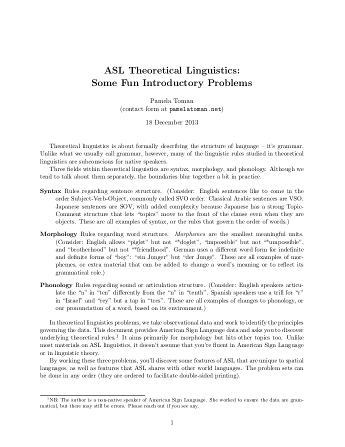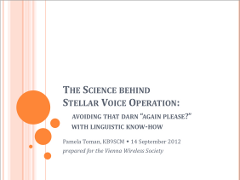I was invited to help a Colombian Spanish-speaking adult with pronunciation in English. I veer “academic”, so I went looking for rigorous scientific phonetics and phonology resources. It turns out that there aren’t many.
Even so, I ended up creating some pronunciation resources for a Colombian Spanish speaker learning English as a second language. I want to save them in case they are ever useful to someone else (including future me!):
(It turned out these resources weren’t perfectly right for my speaker, unfortunately. For instance, her dialect uses the short i /ɪ/ sound like in “fit”, but more rarely uses the long i /i/ like in “feet”; many Spanish dialects are the opposite.)
Spanish-English minimal pairs
berry/very; bag/beg; hat/hut; hat/heart; heart/hot; heart/hut; heart/hurt; wait/wet; hey/hi; bear/beer; beat/bit; beg/bug; beg/big; bird/bored; bird/bud; pot/port; boat/bought; hope/hop; hole/howl; bill/pill; cheap/jeep; cherry/sherry; chart/tart; deep/jeep; dent/tent; day/they; dawn/thorn; fast/past; ferry/very; bag/back; heart/art; jaw/your; line/nine; long/wrong; sun/sung; bank/bang; rock/wok; seat/sheet; sing/thing; Sue/zoo; tin/thin; then/zen; verse/worse; Luke/look; sheep/ship; cot/caught; further/farther
Exercises
- Minimal pair memory
- Decide whether “each item on my list is the same as the one on your list” where the 2 lists contain homophones, minimal pairs, etc. (fare/fair; fat/vat; …)
- Stand up if two words are the same; stay seated if they’re different
- Label each wall with a sound; listen to words and touch the appropriate wall
- Write 2 columns of words in a shared space; pronounce a word from the list; ask whether it came from column 1 or 2; switch to student-led
- R-controlled vowel bingo: rows for ɛ˞, ɑ˞, ɔ˞ (or maybe er/ir/ur/or/ar); columns for consonants of your choice; write in/pronounce words that use each cell to win a prize
- Play the “MM-mm” syllable stress game: repeat the MM-mms to get native-like stress in words, and then build to sentences
- Given a list of sentences with bolded stressed components, say them aloud and stand up quickly at stressed parts then sit back down (or raise hands, clap hands, tap table, etc.) – “I love coffee; I come here often; I don’t see it; Try this pizza!; He hurt his neck; etc.” – more at fluentu
- Read a word, exaggerating the stressed syllable – then “echo” the word with a sentence that has a similar stress pattern (e.g., “interruption” –> “Let’s have lunch now”; “interruption” –> “He’s my uncle”; “interruption” –> “I said, under”; “interact” –> “It’s a fact”; “interact” –> “Here’s your hat”; “interact” –> “Where’s my snack?”) – more at fluentu
- Use voice recognition on the phone to get independent feedback on interpretability

